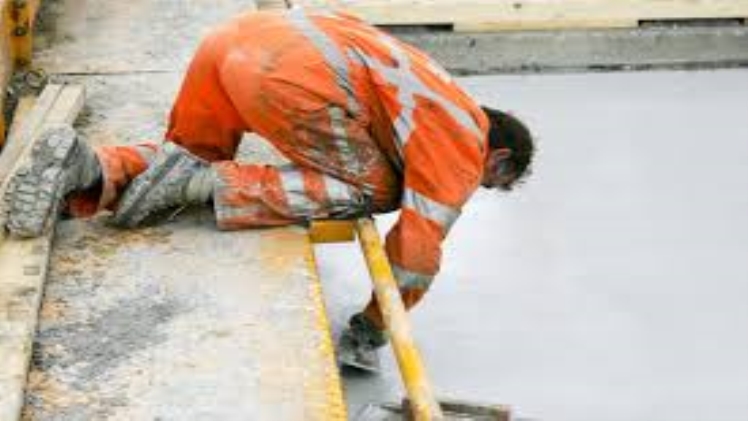An artificial stone material resulting from a mixture of cement, aggregates, water, and special additives is called concrete. The ingredients of such a solution in specific proportions are thoroughly mixed in concrete mixers, and the resulting mixture is poured and compacted with special devices. Until the moment it hardens, this solution is called concrete mix.
It is customary to subdivide this type of building material by purpose into ordinary and extraordinary concrete in modern construction. Moreover, each of the subspecies has its own unique characteristics and a range of specific purposes. There are several types of concrete with different properties and characteristics. The outlined types of concrete mixtures in this article are the most common at the moment. To learn more about different qualities of concrete, you can visits this https://www.concretemidlandtexas.com website.
Concrete Classification:
Concrete is classified according to the average density per cubic meter and subdivided into:
Super Heavy (over 2450 kg / m 3):
Super heavy concrete is made from materials such as magnetite and hematite. These are ore rocks that are crushed to the state of sawdust, shavings, and scale. Such material is used only in the construction of nuclear power plants to protect premises from radiation.
Heavy (from 1700 to 2400 kg / m 3):
Heavy concrete is the most popular type of mixture. It is trendy in constructing underground and load-bearing structures and constructing simple walls, partitions, and foundations. The main component of this mixture is the crushed stone from rocks such as limestone, diabazite, granite, etc.
Light (from 250 – 1700 kg / m 3):
The group of lightweight concrete includes mixtures that include porous aggregates (both artificial and natural), sometimes even without aggregate, when using artificially closed pores inside the concrete mixture. Usually, lightweight concrete is used as a strong thermal insulation structure in private houses.
Ultralight (up to 450 kg / m 3):
Ultra-lightweight concrete mixes, as a rule, act as heat-insulating cellular concrete with a large number of pores created based on lightweight porous aggregates. Concrete structures of this kind stand out due to their high thermal insulation and can be used not only for thermal insulation of walls, floors, or ceilings but also as an integral structure against external temperature factors.
A Type of Concrete in Relation to Its Structure:
In the modern market, concrete mixes can be found with the following structures:
Condensed:
Compacted is a structure in which they try to achieve maximum filling of the space in the concrete itself, i.e., leave no free zones that could reduce the density and hardness of the material. This kind of concrete is made from large and small aggregates and a thick binder.
Porous:
A binder in a porous state creates the structure of such material. This type of concrete is used to create facades and walls.
Cellular:
This concrete mix does not include any aggregate. The cement in such concrete is evenly filled with closed air cells created by an artificial method. Building mixtures of this type are widely used in the construction of one-story houses.
Super porous:
Concrete of this type includes only coarse aggregate; sandy rocks in such mixtures are absent. It is used when it is necessary to create a pavement capable of removing flood and storm waters. Such a concrete coating can be installed on parking lots, roads, sidewalks, and other similar areas.
Final Thought:
The modern variety of types of concrete allows each consumer to choose a mixture with optimal characteristics. The cost of concrete depends on its composition, technical features, and strength characteristics.

